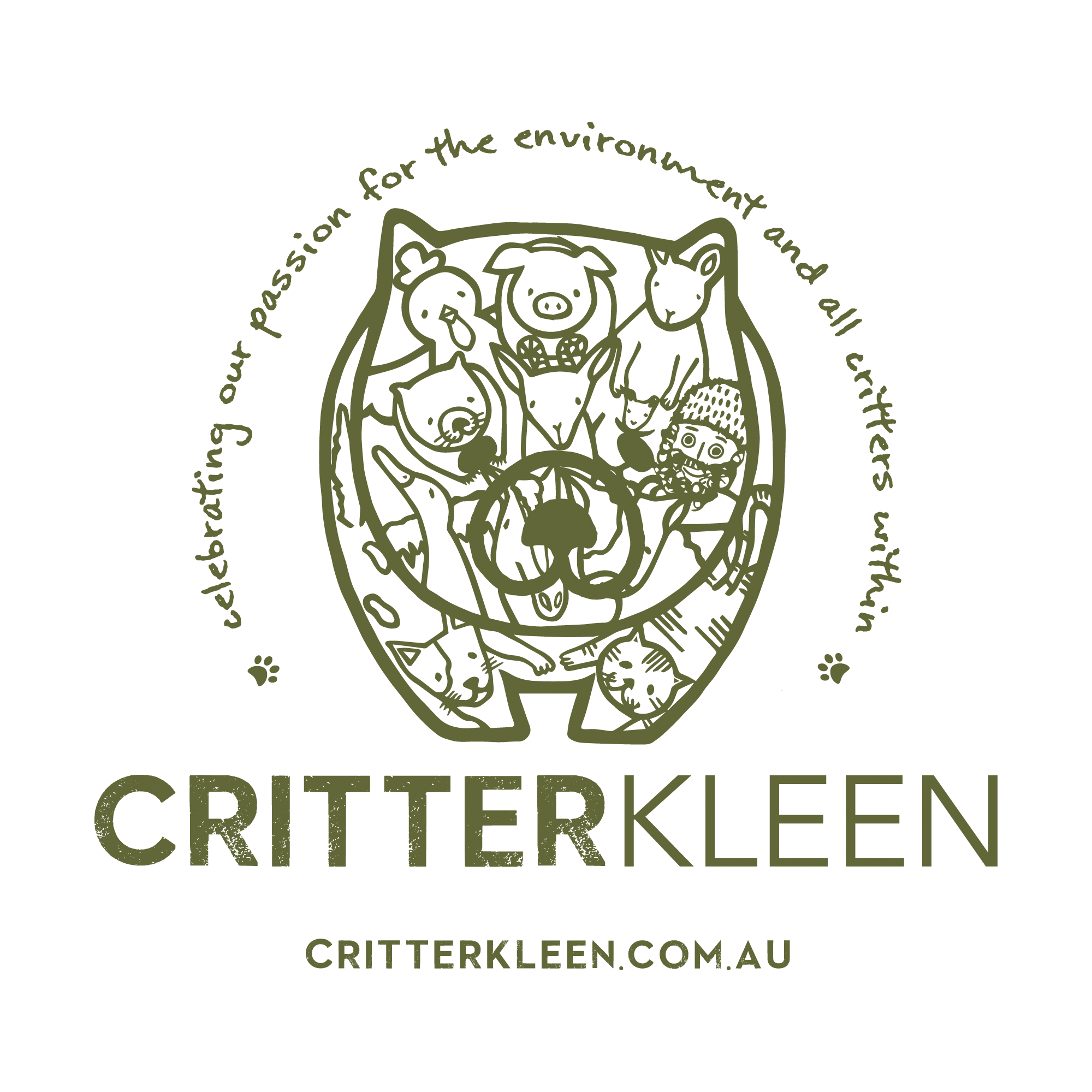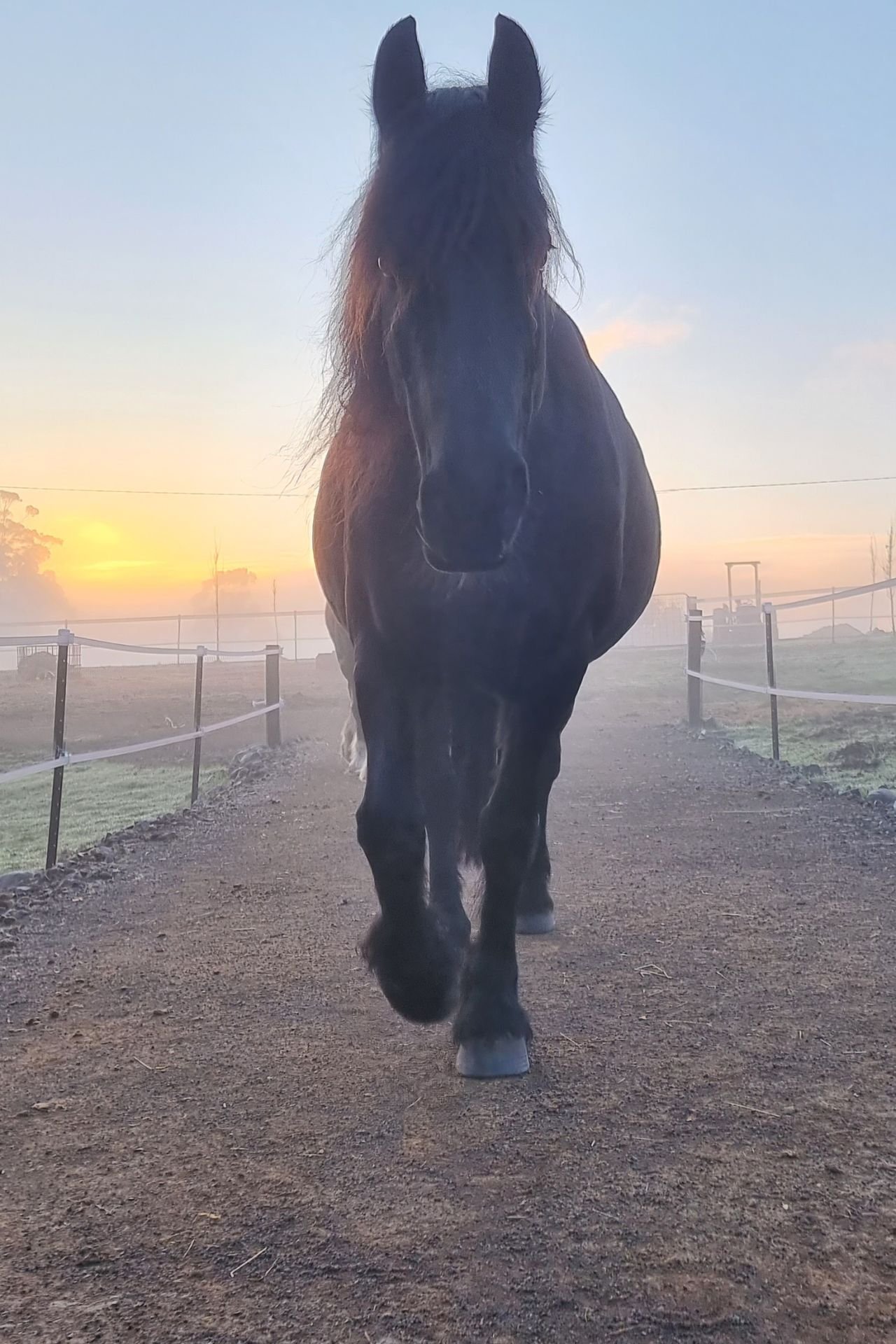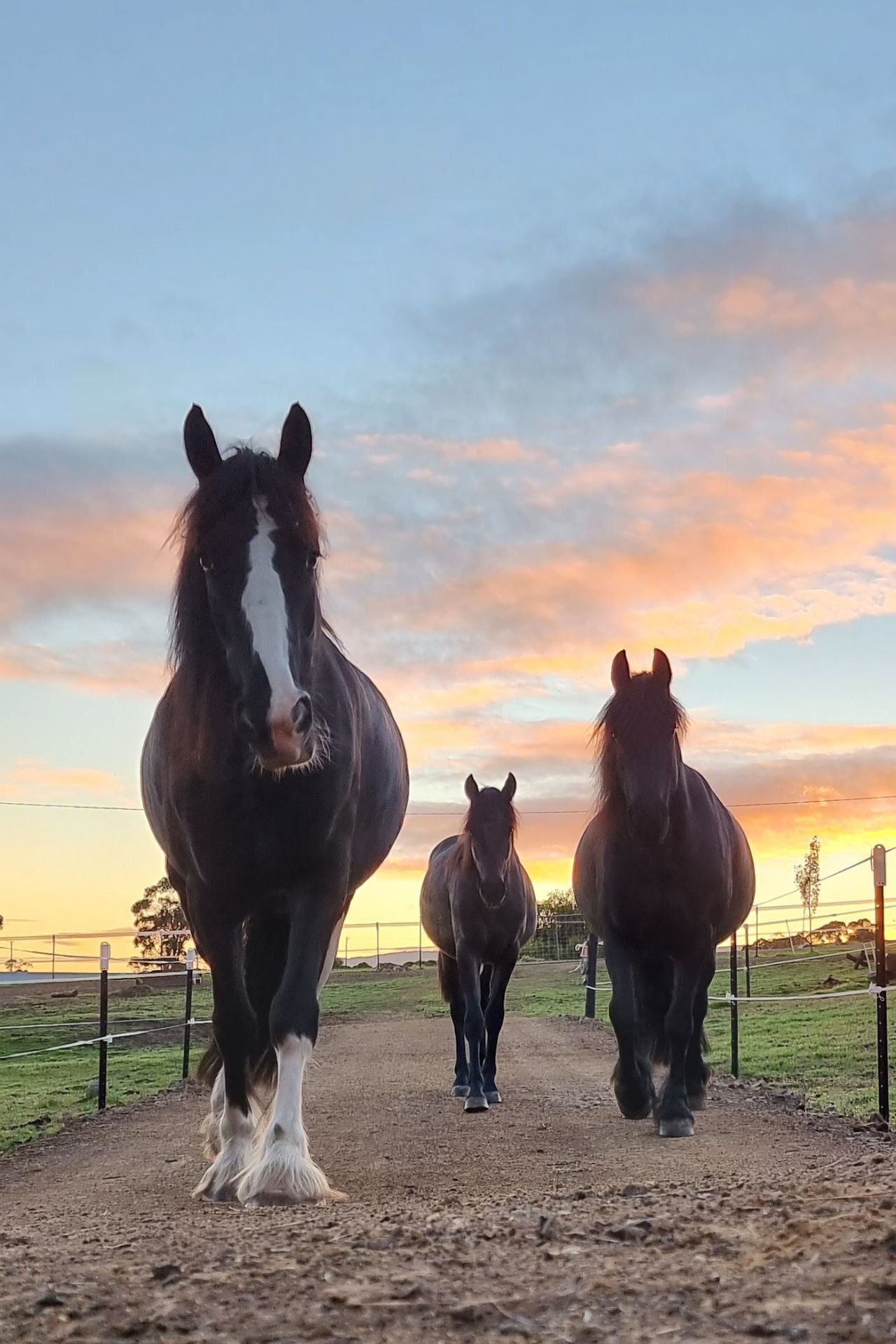How to help your equines live a happy & healthy life by creating a track system
We spoke to Marie B. from Paddock Paradise Tasmania and these are her tips on how to keep your horses healthy with a track system
Listen to your horse and let us get back to basics
Investing in horses is often a lifetime commitment. It is both costly for your wallet and can be very time-consuming, so why do we even commit to this?
Well, once we have been bitten by the horsebug, they are often in our bloodstream forever and we can't imagine a life without the 4 legged rainbow-farting unicorns. A clear symptom that you have been infected with the “horsevirus” is when you drive in your car and see horses in a random paddock and yell out loud to the passenger “Look.. Horses” even though you have your own roaming around at home.
As horse owners, there is not much we aren’t willing to do for our equine friends but do you ever just stop and take a step back and have a look at how our horses actually thrive in the conditions and environment we provide for them?
Over the past 55 million years, nature has evolved horses to be perfectly adapted to extreme environments from Tundra in the North to desert-like plains in the South where horses roam around in great open spaces for up to 80km every day in search of forage and water.
Today we have domesticated the horses we use 100%. We decide what they eat, where they live, what we use them for, when they get exercised and who they socialize with. We have taken control over these perfectly designed creatures and fitted them into a mold that suits us and our lifestyle and our convenience.
Marie says: “I think it is time we give something back to the horses and the best thing we can give them is the freedom to choose. Maybe not opening the paddock gate and letting them roam around and create mayhem in the neighbourhood, but we can still give them options to choose from on a smaller scale.
By just looking at the horses and observing how they interact in the paddock you quickly see how curious and intelligent they are and as owners we can (even with very few means) create a stimulating environment for them.
Horses are strongly social herd animals and should never be kept in isolation or alone in a paddock without at least visual contact with other horses and this should be considered when you plan or decide on your horse agistment setup. Many countries have rules and regulations regarding the minimum size stall or paddock space that horses can be kept in. If you have your own paddock space, I would always recommend you look into setting up a track system (also known as Paddock Paradise). This can be done on both smaller and larger scales depending on the space you have available and any size will increase the health and happiness of your horses' life.”
To set up a basic track system you will need the following:
Shelter
Feeding station (minimum one)
Fresh water source
Horse Safe Fencing
Please never use barbed wire for horses (or any other animals for that matter). Marie recommends using electric fencing as they can be connected to off-grid (solar), batteries or a main grid power source.
How to set up a simple equine track system
An easy track system can be created by simply following the existing perimeter fence and setting a temporary (or permanent) additional fenceline on the inside of the existing fence. This way you create an environment for your horse where they move around more than they would in a “traditional” open paddock.
When creating the loop/circle or your preferred track pattern, be aware of the width of the track. I recommend taking into consideration providing access for vehicles into the track (for repairs, poop collection etc).
A rule of thumb is that the width track should be no less than 1m per horse, so if you have 4 horses it shouldn't be narrower than 4m, and clearly ensure it is wide enough to drive any required vehicles without contacting the fenceline. You can create wider track areas where the horses will feel more at ease and will most likely choose these areas as their resting spots.
A more advanced track system can include the following:
With more advanced track systems you can take into consideration how to implement more enrichments, and different surfaces to mimic how wild horses would wear their hooves and strengthen their physique.
Consider including things like:
a water bar with different flavours (naturally flavoured with vegetables)
a scratching pole or a brush strapped up on a tree
We will cover this topic in more detail in a seperate post.
What about the grass in the middle of the paddock?
Then you might ask, what about all the grass I now have in the middle of the paddock?
Horses are not meant to be on green grass, countless studies have been done showing that too many easily accessible calories can create health issues in our horses - everything from laminitis, EMS, obesity, hormonal disorders etc.
Remember the wild horse who has to walk 80km to get its daily calories?
The grass in the centre of the paddock can be used for cutting hay or for short-time early morning strip grazing (when the sugar content in the grass is at its lowest) or you can even create a kitchen garden with beneficial herbs and plants you can use for your horse.
Another great way to get them moving is to place different feeding stations with secured hay nets hung at different heights around the track, so they naturally will move to the one they like the most. This will simulate how the wild horse browses for forage from trees, bushes and grass at various heights and will strengthen the musculoskeletal system in your horse without you having to lift a finger.
Always provide an open shelter so the horses can choose when they want protection from rain/sun and wind.
Just by taking these few steps, you have already created an environment where your horse can make choices on where they want to eat, rest and you have offered them the option to move around just as horses would in the wild - guaranteed to make for much happier and healthier horses.
Marie recommends these books for inspiration:
Jamie Jackson: “Paddock Paradise”
Amy Dell: “Horse Track Systems: A How to guide to a healthier horse in body and mind”
About Marie Bay:
Marie worked with and been around horses for the better part of 40 years. She started as a little girl who got a pony, and from then on, there was no turning back. Her mom thought ballroom dancing had been a better choice, but that didn't last long. She has trained show jumpers and cross-country horses on all levels when she was younger.
Marie moved to Tasmania in 2017 and once she settled in, she transported her beloved Friesian mare Farty all the way from the other side of the world to join her in her little piece of paradise.
Now Marie has a small herd of horses here in Tasmania: Lille - a Shire mare, Mini - an Appaloosa x Friesian and the newest addition is another Shire gelding.
She has been developing her track system since she came here and is still coming up with new projects to improve the life of her horses.
On a rare occasion she might go on a trail or beach ride but most of her time is spent off their backs and with them in their paddock, studying and learning from the horses.
You can find Marie on Instagram and get inspired: @paddock_paradise_tasmania









